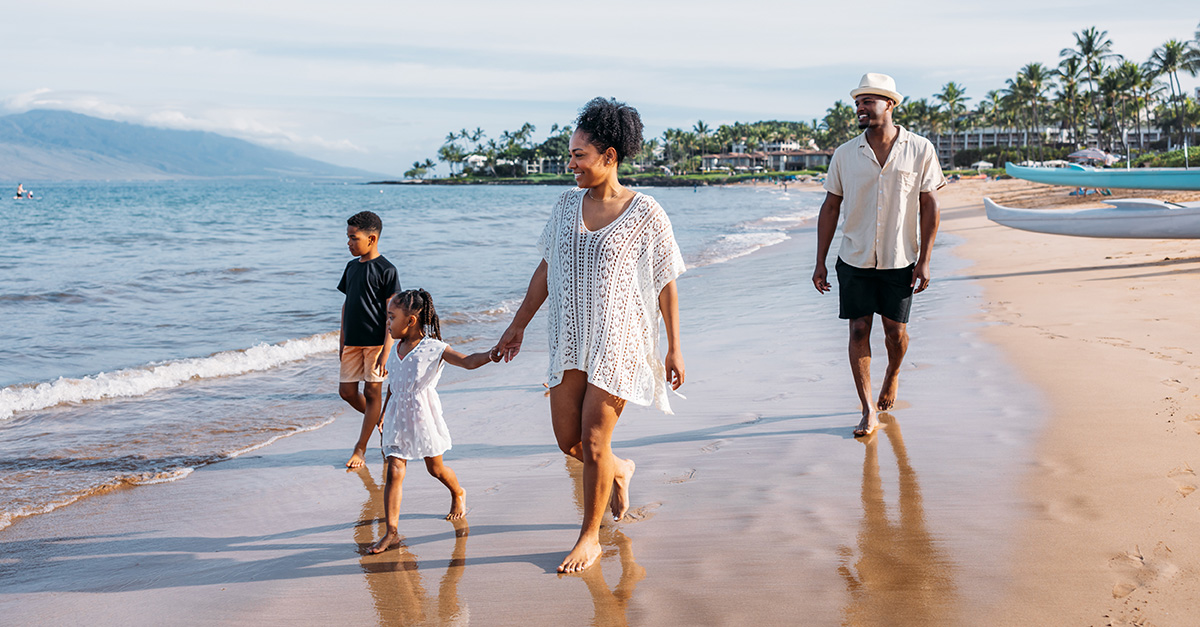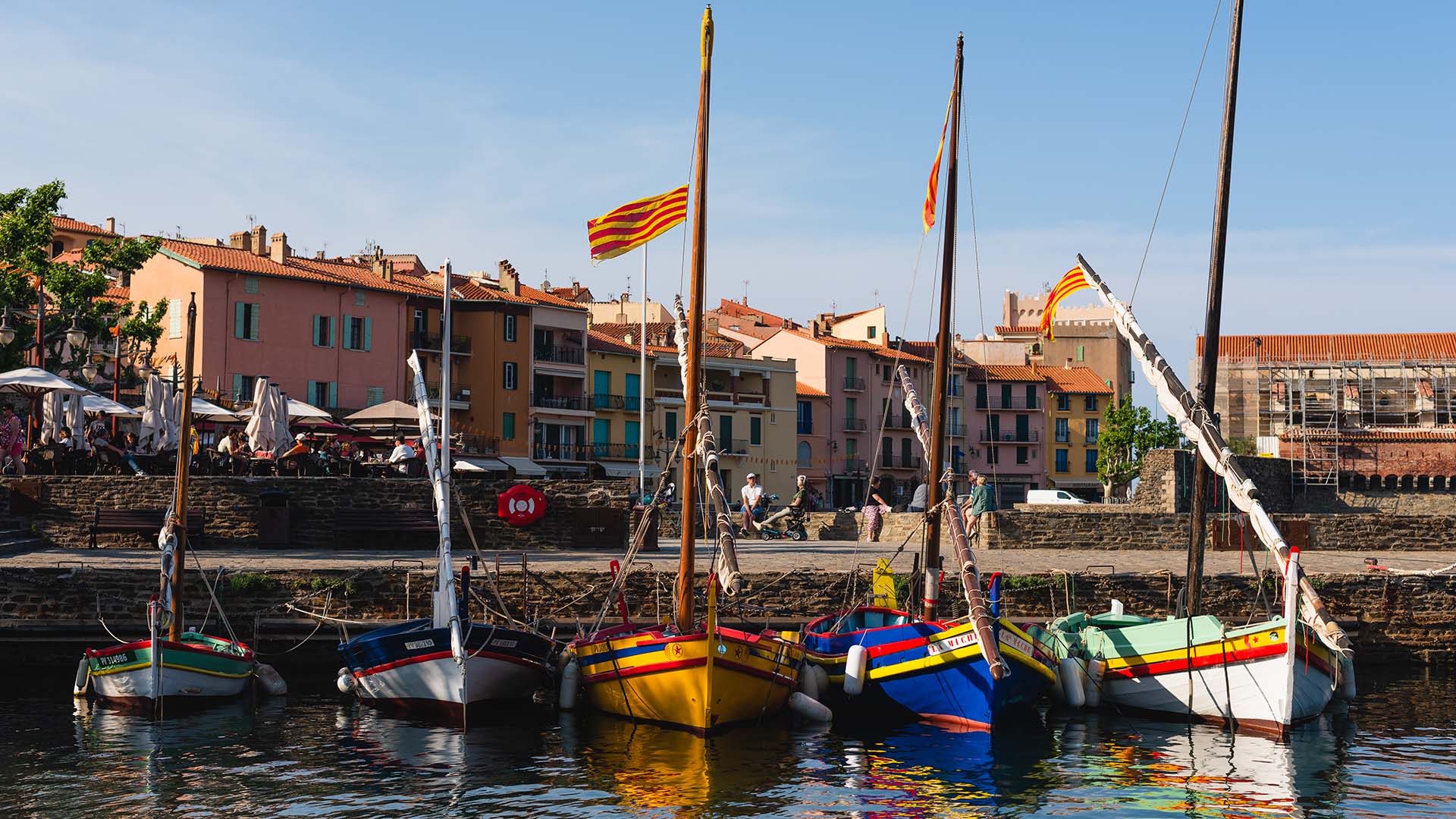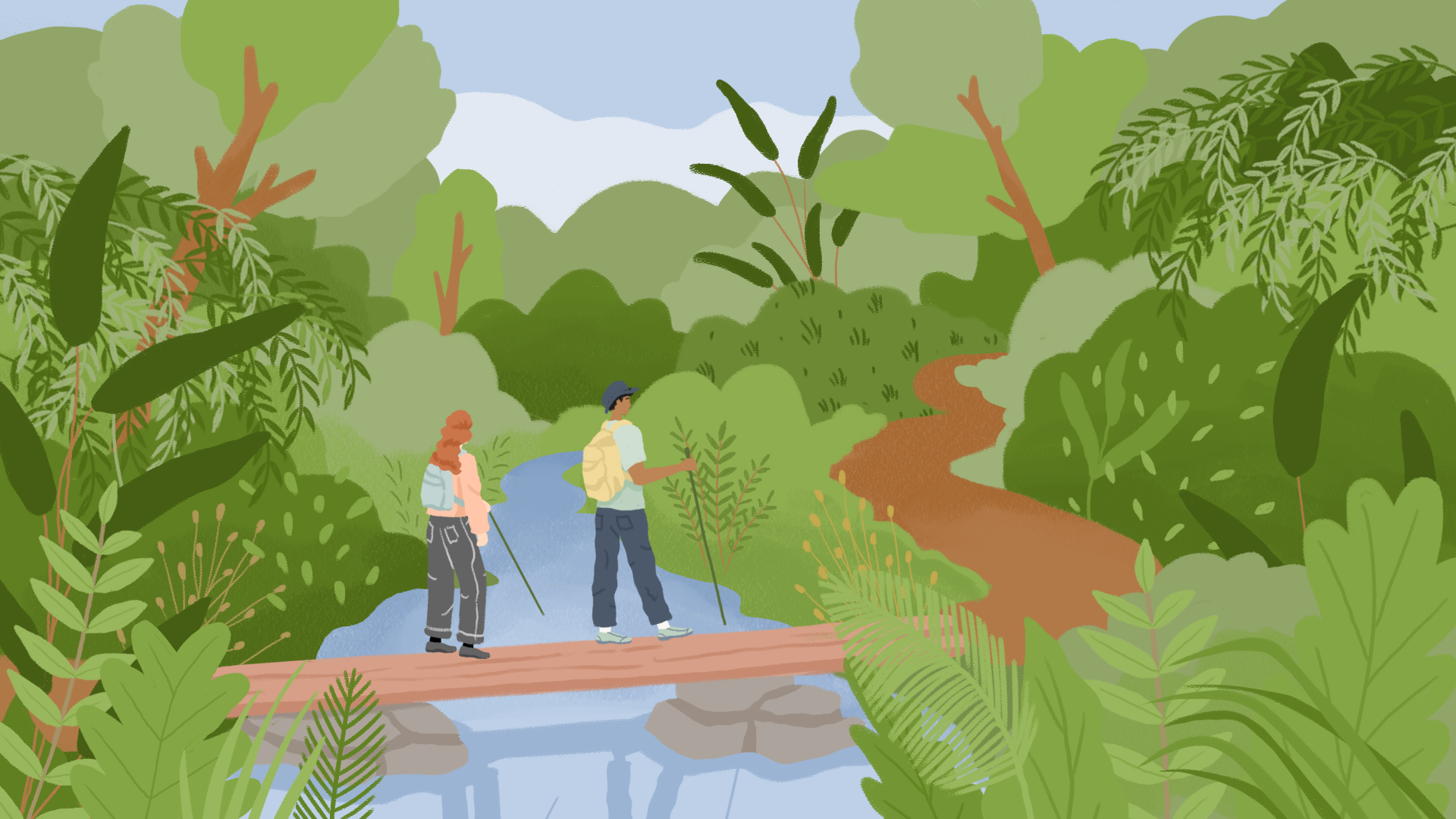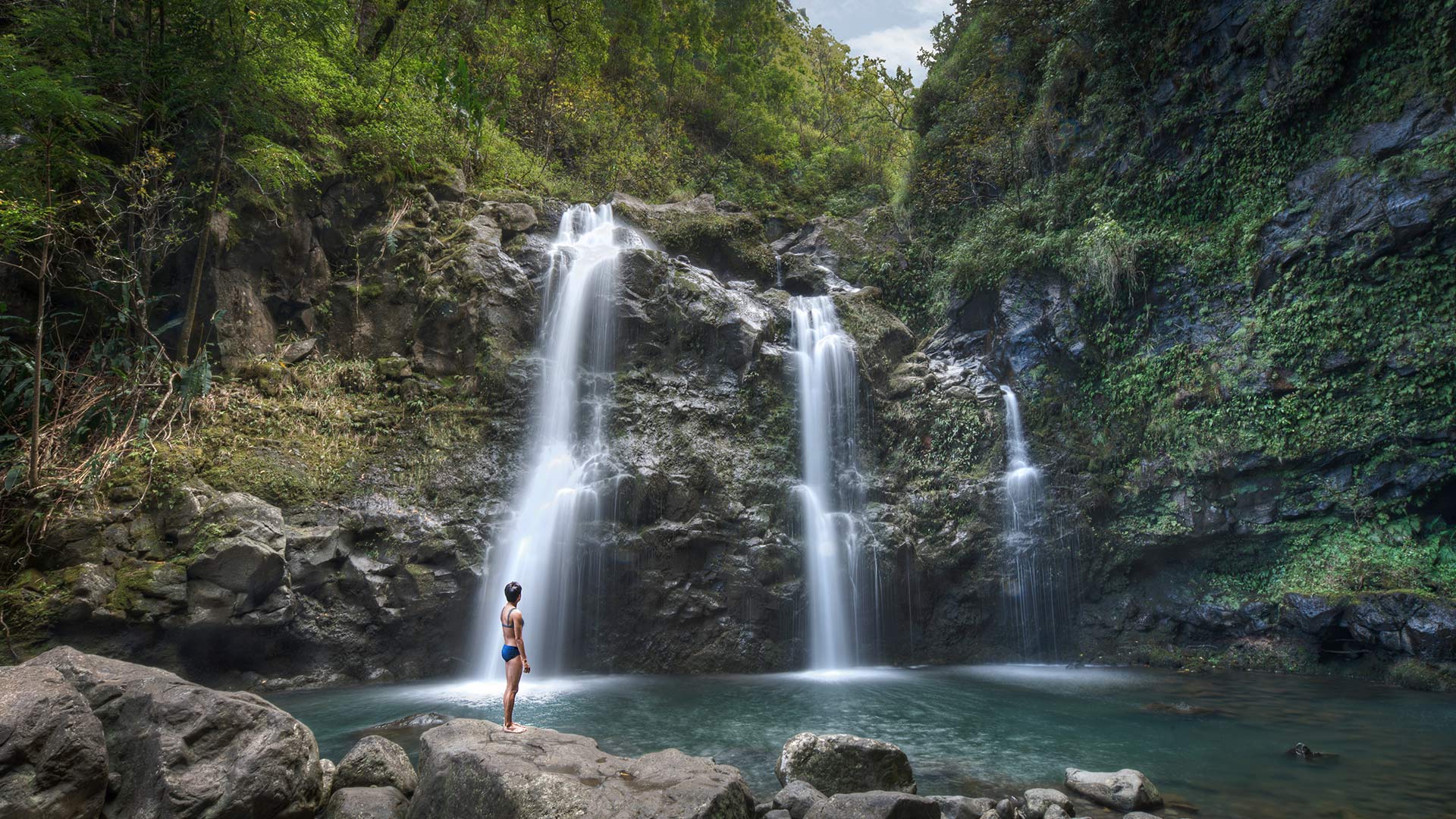
Take good care of the land as you travel through Hawaii’s splendor. (Photo: Getty Images)
How to Travel BetterSustainable Hawaii Travel: 8 Ways to Tread Lightly in Paradise
By KATHRYN WAGNERWhen Mother Nature was handing out treasures, Hawaii must have been first in line. Hawaii has some of the best beaches in the world, rich soil that grows tasty treats like macadamia nuts and coffee, otherworldly places like Waimea Canyon, pounding waterfalls, lush tropical forests and more.
But Hawaii is a fragile beauty, and the state has some of the most endangered and threatened plants and animals in the world. As a visitor to Hawaii, you’ll want to malama aina (that means “care for the land” in Hawaiian) and be part of the solution, not the problem.
Here are a few ways to practice sustainable travel during your trip to Hawaii.
Protect the Reef
Coral reefs are actually colonies made up of thousands of very small animals. These coral polyps grow and create the reef over decades and even hundreds of years, and they are quite fragile, so standing on the living reef, or even touching it with your hand, can cause irreparable damage.
When snorkeling, swimming or scuba diving, enjoy the 150 species of coral from a distance.
Tip: If you aren’t a superconfident swimmer, use a flotation device like a pool noodle or life vest to keep you buoyant so you won’t be tempted to step down onto the reef.
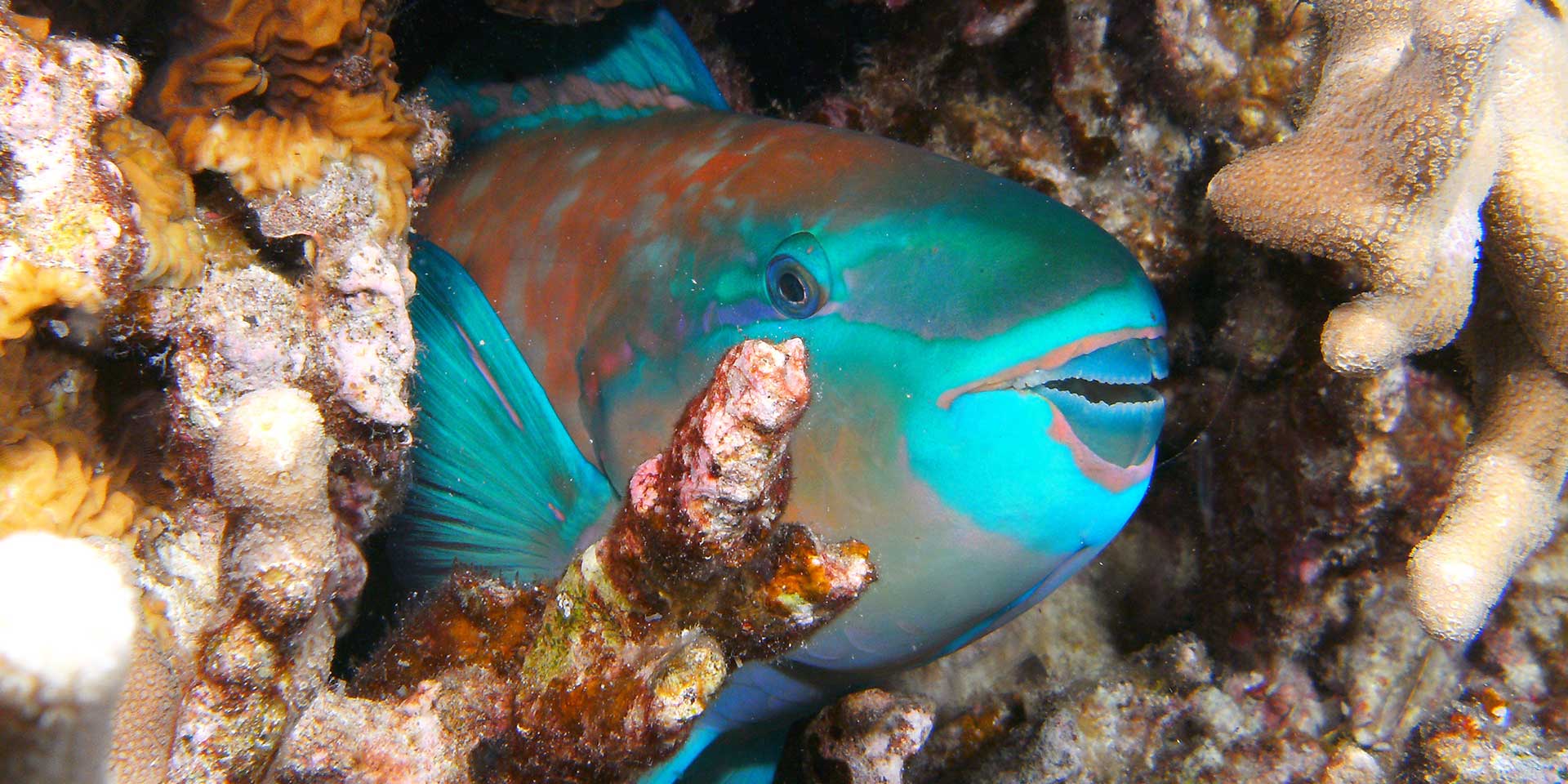
Be Sunscreen Savvy
Hawaii has been way ahead of the rest of the world in banning sunscreens with two chemicals, oxybenzone and octinoxate, believed to cause damage to fish and harm corals.
Don’t worry — there are plenty of alternative options for reef-safe sunscreens. In fact, some hotels, like Sheraton Maui Resort & Spa offer complimentary reef-safe sunscreen dispensers throughout their properties.
And please, skip the aerosol sprays if at all possible — the person behind you does not want to inhale a big whiff of sunscreen.
Take an Eco-Friendly Tour
Whether you want to hike on Kauai, kayak on Maui or explore Hawaii Volcanoes National Park on Hawaii Island, the Sustainable Tourism Association of Hawaii has ideas for you.
The nonprofit certifies tour companies that protect the Hawaiian Islands’ natural and cultural resources, promoting responsible tourism. Check out the list of vendors here.
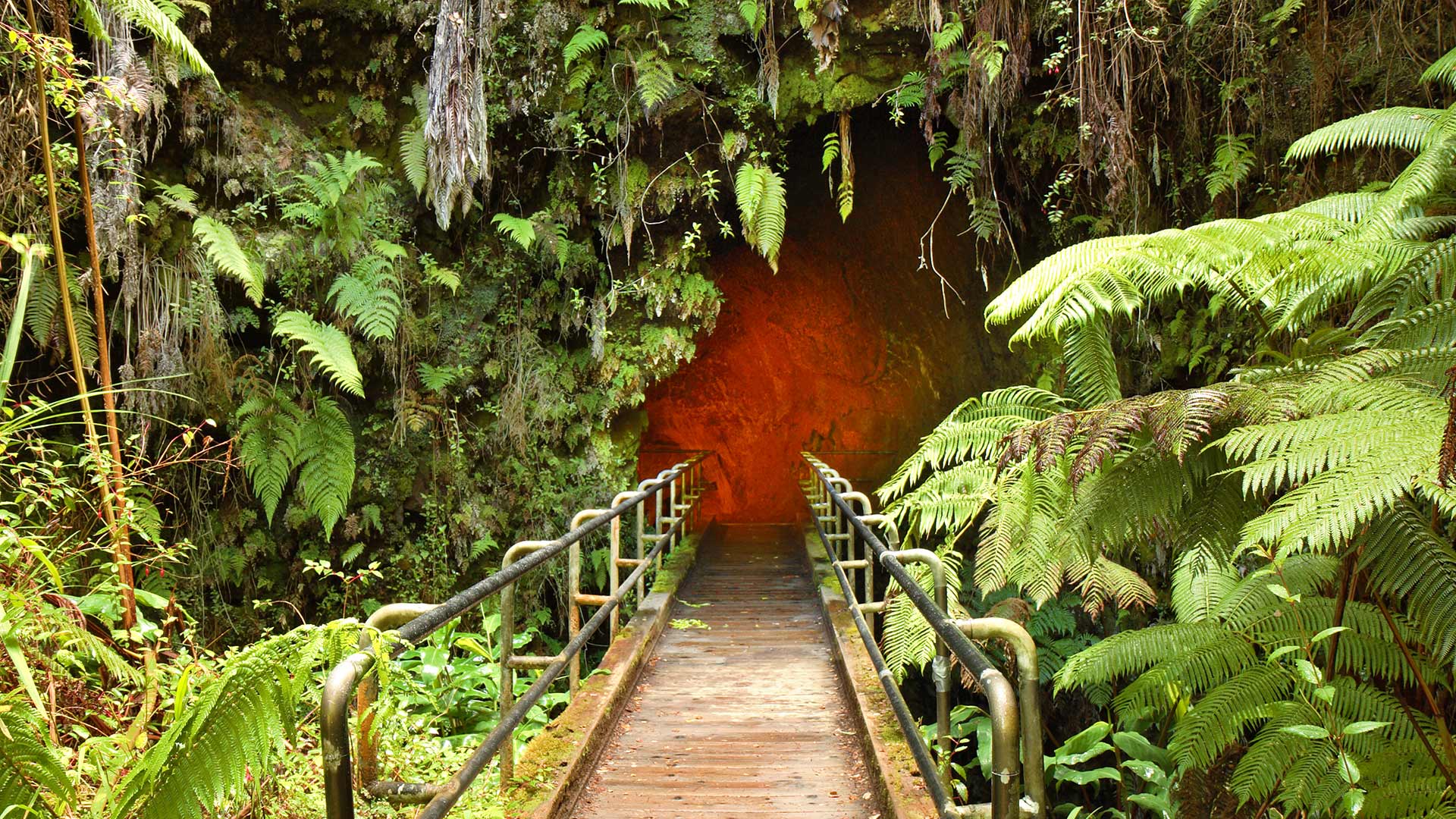
Plant a Legacy Tree
Want to help offset the carbon footprint from your flight to Hawaii? Plant a tree.
Hawaiian Legacy Tours takes visitors on treks to places like the North Shore of Oahu, where you can enjoy a farm-to-table picnic lunch and plant a tree that is endemic to the Hawaiian Islands. Once it’s planted, you’ll even receive a RFID tag, so you can chart your tree’s growth from anywhere in the world.
Dine at Ocean-Friendly Restaurants
Hawaii has some of the best restaurants in the world. The Surfrider Foundation makes it easy to find and support the eateries that are the most focused on sustainability.
Its Ocean Friendly Restaurants program recognizes places that reduce or eliminate disposables, have recycling programs and serve sustainable seafood options and/or vegetarian dishes. Check out the full list of restaurants here.

Rent, Don’t Buy
Visitors know they can rent snorkel gear or a surfboard while on vacation, but did you know a number of companies also rent items such as beach toys, beach umbrellas and coolers? Some even deliver to your hotel or meet you at the beach of your choice.
So instead of spending money buying these items — and discarding them when you leave Hawaii — simply rent what you need.
Step Back
Coming across a napping Hawaiian monk seal or bobbing green sea turtle is a thrill. By all means, take a photo, but stay at least 50 yards away from green sea turtles or Hawaiian monk seals, and 100 yards from humpback whales.
It’s against federal law (and common sense) to disturb endangered species, so give these creatures the space they need and deserve.
Stay on Trails
You have wanderlust, and that’s a good thing. Still, choose legal hiking trails and stay on the designated path, both to avoid damaging Hawaii’s fragile ecosystem and to respect private property.
If Hawaii’s visitors keep these sustainable ideas in mind, the islands will be able to keep welcoming us back, time and time again.





